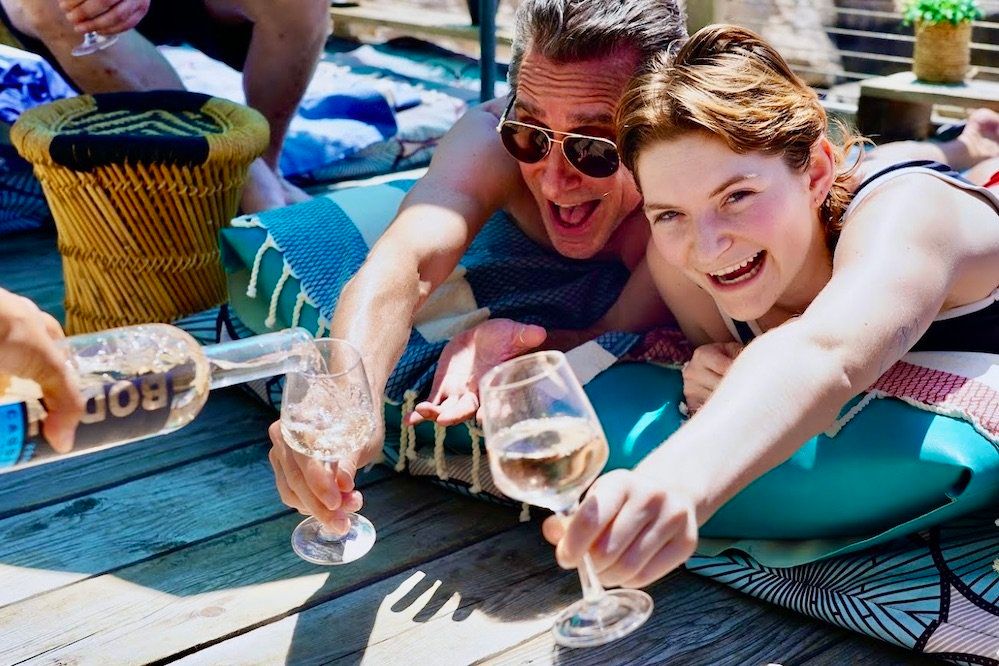Rosé is made all over France, never mind the rest of the world, so what is it about Provence that made its pale pink rosés the standard bearers for this fast-growing category? Leading trade figures share their views.
What is it in terms of style that makes Vins de Provence, and rosé in particular, attractive to consumers?
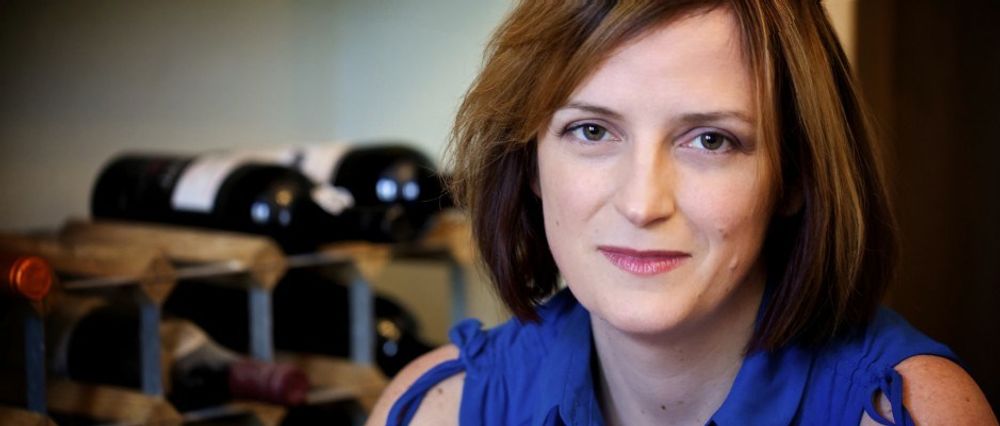
Sarah Abbott, MW says Provence rosé’s appeal on Instagram is a key part of its success
David Rowledge, founder of Alchemy Wines: It’s the delicate nature of the wine that resonates with the consumers.
John Graves, wine development director, Enotria&Coe: Definitely the drinkability, lightness of touch and soft fruit content. It’s a wine that is not challenging, but also has some complexity.
Sarah Abbott MW, director of Swirl Wine Group: The style is easy to like, and hard to object to. Dry, fruity, with balanced acidity. The pale colour is pretty and instagram-friendly. If you look at the non-rosé big sellers in the UK, Pinot Grigio is still up there. Consumers are primed for this dry, lightly fruity style with gentle freshness.
Harry Crowther, UK wine buyer for Good Pair Days: Naturally, the colour. Provence has managed to capture the eye of the consumer, dictating preconceptions of the entire rosé category.
Quality-wise, Provençal producers are working with the perfect mix of grape types for complex wine; Syrah and Grenache, each bring a different characteristic to the party, but I think it is the addition and use of Rolle (Vermentino) which often fleshes the wine out and gives it that slightly more oily character that has really made it a unique style.
Alex Green, co-founder, Beyond Wines: Light and refreshing without the sugar associated with previously popular styles.
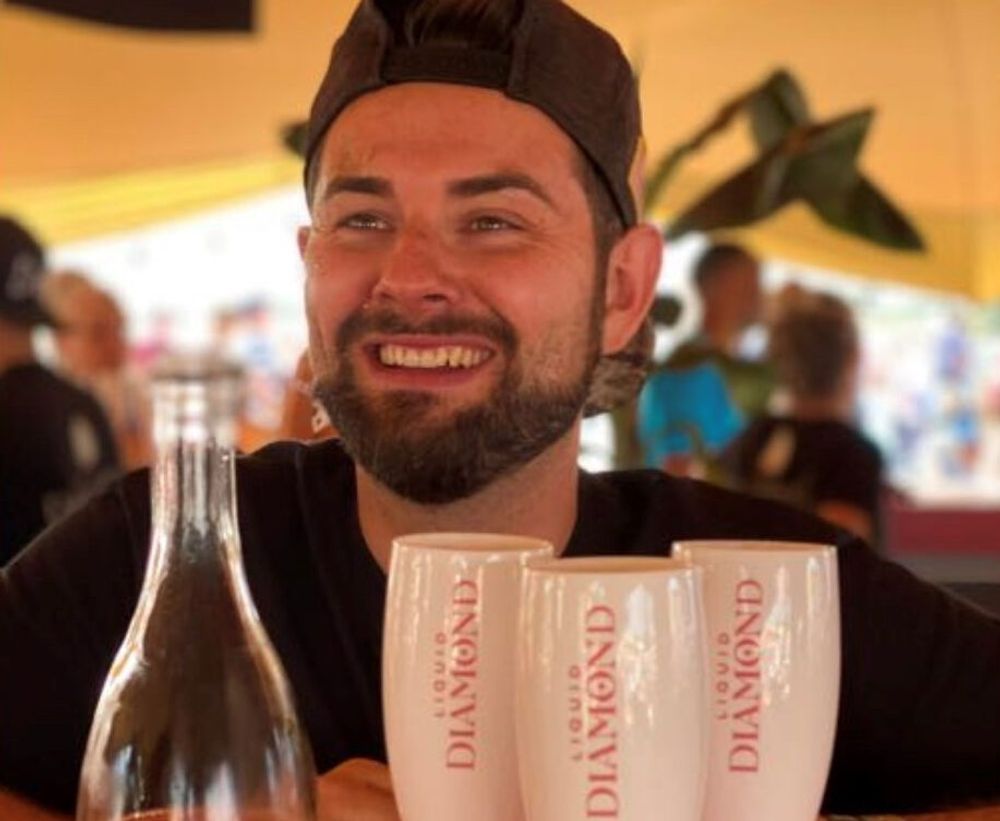
Beyond Wines’ Alex Green says the packaging of Provence rosé has really helped drive the category forward
Peter McCombie MW, wine consultant: It’s fruity but dry and…it’s pale pink. I think it really is that simple.
What has driven the quite remarkable rise in popularity of Vins de Provence rosé in the UK?
Sarah Abbott MW: Intelligently brand led, and with glamorous lifestyle associations. The most famous household names of Provence are rosé. The large wineries are also high-quality wineries. They’ve invested in both wine quality and marketing and communications for many years – consistently. And so you have world-famous and established ambassadors for the region such as Domaines Ott and Château Minuty.
They are serious players in terms of quality, range innovation, and packaging and branding. These bottles look beautiful. And that’s important for consumers. And, of course, you have the glamorous success of Château d’Esclans, Garrus and Whispering Angel. That tier of positioning and quality shows intelligent and long-term strategy: Garrus sets a bold aspiration for quality and Whispering Angel benefits from that.
The long term and strategic marketing from these visionary large players – integrating wine style, quality, lifestyle, branding and communications – is the reason for the success of the category I think. You see it also in the more recent Mirabeau. Their communications and digital marketing is world-class. The showbiz glamour of Brangelina helped, and the familiarity of ‘Provence lifestyle ‘ to sun-starved Brits is important too. Producers, co-ops and the regional body invest in technical research, and share it.
David Rowledge: Celebrity endorsement has helped massively, plus the fact they have historically used some beautiful looking bottles from the region. The light style suits many taste profiles across the globe.
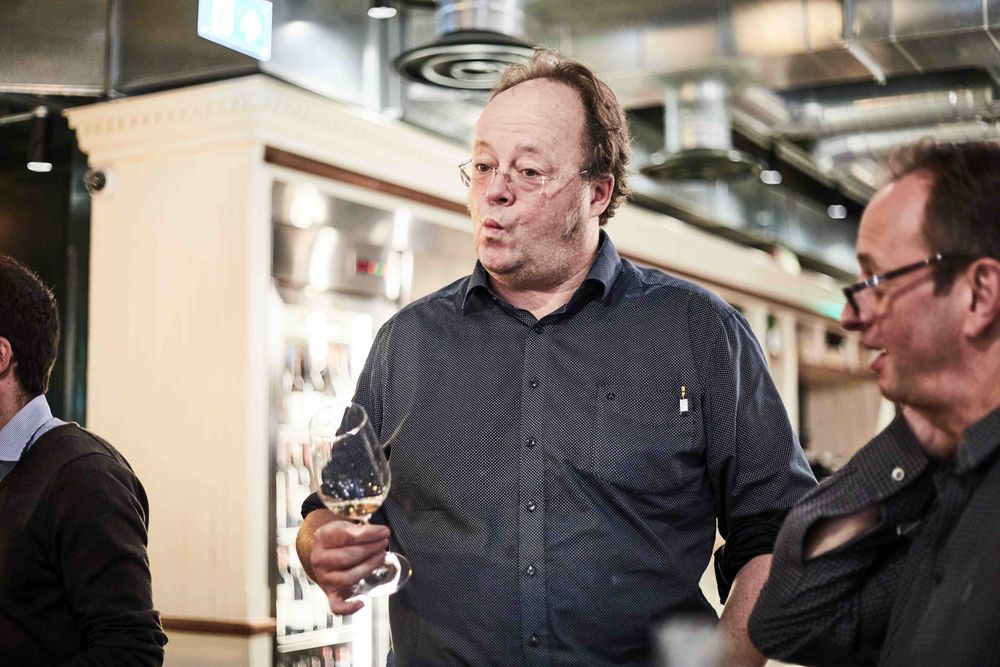
Enotria&Coe’s John Graves says it is the aspirational aspect to Provence rosés that make them stand out
John Graves: Style, roof top bars and the association with the jet set. It’s actually been popular for a long time and was always a key line in the summer it’s just the branded rosés that have taken it to a new level. People are now prepared to pay the same sort of money for a cool rosé as they do for, say, a Chablis.
Harry Crowther: Colour again is a big thing here, consumers buy with their eyes. On top of that, lots of very slick, smart packaging and good marketing campaigns have helped. Provence rosé is a style associated with luxury.
Peter McCombie MW: My feeling is it has just grown steadily, driving the growth of the whole rosé category.
Alex Green: Aspiration. People like being seen with the newest and most trendy bottles and brands. Provence rosé latched on successfully to the ‘gin bottle’ trend of standing out by looking beautiful. People are willing to pay more for something that makes them look and feel good, and wine is the latest fashion accessory.
Why do you think it has captured consumers’ imaginations?
David Rowledge: Stunning looking, stunning colour with a soft and approachable appeal.
John Graves: They think they are David Niven in Antibes (old people) or Prince Harry at China Whites (semi old) or someone off Made In Chelsea – it’s associated with aspiration.
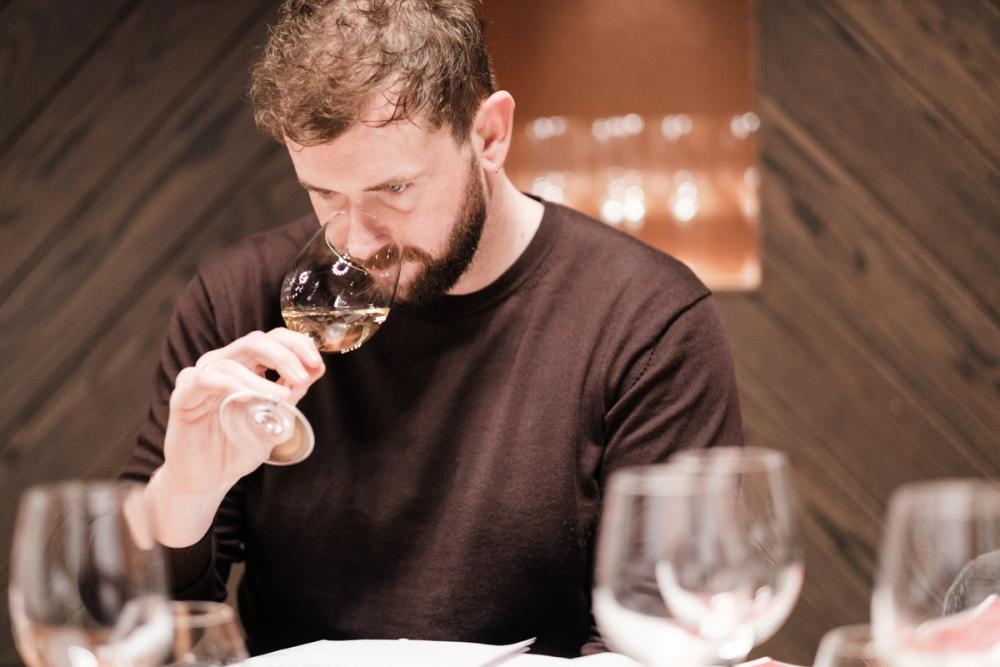
Good Pair Days’ Harry Crowther says it is the combination of taste, easy drinking and great packaging that continues to drive Provence rosé forward
Harry Crowther: Packaging, endorsements and marketing. The association with luxury and lifestyle that comes from this part of the world. Quality is secondary to this in my opinion.
Peter McCombie MW: It’s actually versatile – a drink on its own, but also often pretty useful with a range of foods.
Alex Green: Provence rosé helps consumers make previously difficult purchase decisions easy by offering added value with the ‘perfume’ bottles on shelf. When one doesn’t know much about differentiating one wine from another, they’ll go for what looks the best every time. It’s the idea of the personal brand; ‘how do I want others to perceive me and what can help me amplify that?’.
Do you see this growth continuing, or at least maintaining its current level of popularity, and why?
David Rowledge: I can see it maintaining its demand 100%. Another region will capture the rosé drinker in a few years, but they have done a great job in the region.
John Graves: I can’t see it stopping – a premium rosé has become a must stock on lists.
Sarah Abbott MW: One risk to Provence rosé, the most fashionable of wines, is that fashions fade. Another is that the style appears homogenous: pale, dry, lightly fruity, early drinking and not for ageing. Provence rosé bores the wine cognoscenti (who tend to despise popular wine categories with sophisticated marketing).
But Provence has heritage and diversity in rosé styles. They need to start engaging gatekeepers and opinion leaders in wine with these serious and terroir driven wine. Don’t fall into the Prosecco trap of being perceived a one big vat of same-y wine with pretty bottles.
Another risk is the ‘Provence style’ has been adopted successfully by other wine regions (such as Languedoc) and countries (such as Italy). So they need to deepen their identity beyond this single, homogenised offer. They’ve done a great job so far – now is the time to reboot and show leadership in other ways.
I think they could also innovate beyond the category: sparkling rosé has been reset by rosé Prosecco and if Provence wanted to come up with the next fun thing for those younger consumers, that could be worth looking at.
Harry Crowther: This will always be the benchmark for the category, but as the consumer matures and looks for new styles, hopefully we will see them being open to rosé from other parts of the world. That said, the most successful rosés from outside of the region will be the ones that are a homage to this style.

Peter McCombie MW believes the Provence rosé market is likely to “maintain its current popularity”
Peter McCombie MW: I don’t see it growing, but no reason not to maintain current popularity.
Alex Green: Provence rosé will continue to grow, but I predict it will slow down slightly. This is due to two reasons: firstly, other categories within wine are starting to catch up and offer lookalikes. Secondly, price creep on shelf is real. As any category becomes more popular it is tempting to increase price in line with demand, and that is even before the multiple crises affecting dry goods costs. However, with increased costs come increased price to consumers, and as we start to tip over the balance from premium to ‘pricey’, shoppers eyes will start to turn.
How do you think Provence rosé has been able to become a year-round wine and not just for the summer?
Sarah Abbott MW: I think Provence has the authority and resources to become the global cheerleader for “Rosé all Round” or something like that. They should lead with that message and make themselves the foremost ambassador for the rosé category, taking it away from the pool and next to the fireside, and onto the dining table. Personally, I love drinking rosé in the winter. I’ve actually got one in the fridge for later. It’s Italian though.
Harry Crowther: More serious, complex styles have been made in recent years, with the addition of oak in particular, this makes for more age-worthy and gastronomic styles making them more versatile year round.
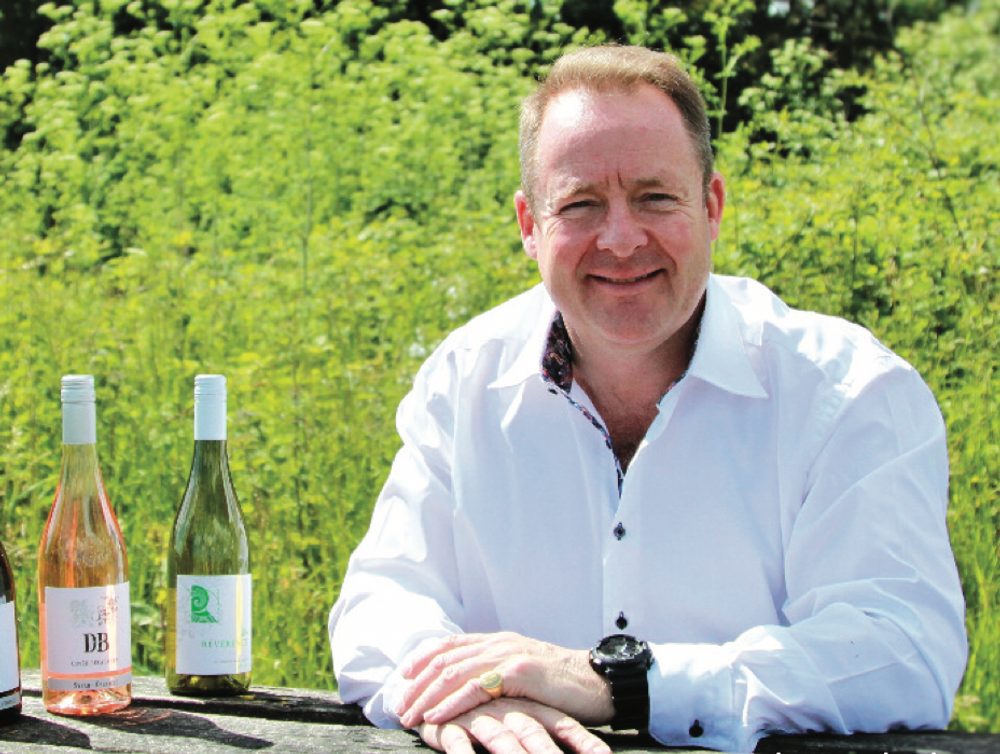
David Rowledge is looking to launch Provence rosé brands in 2023
David Rowledge: I do not think it is just Provence rosé. Rosé in general has become a much more acceptable drink across all months of the year. The boundary that rosé is for the summer is over. Rosé stands as its own category colour now, so the future – pardon the pun – looks rosy. We are looking at creating an own label Provence rosé for vino.com next year – an exciting new opportunity which may lead to a Phil Tuffer’s Provence rosé and a few others.
John Graves: I’m not sure it has. There’s definitely more drunk year-round but there’s still a big peak in the summer. The roof top bar and nightclub style drinking definitely helps drive the year-round drinking, the challenge is selling the really good stuff that can be compared with white Burgundy. Then it really will be a year-round drink.
Peter McCombie MW: It comes back to its versatility, you can drink it anytime. I suspect rosé drinkers can be quite loyal: “I like rosé so I am going to drink it whenever I want.
Alex Green: Actually all rosé works all year round. When I bought California for a national supermarket, I was surprised at how loyal the shoppers were to the category. If people like rosé, they are less likely to buy into red and white as well. On top of these ‘loyalists’ you also have summer drinkers entering the category based on weather or seasonal events. These casual drinkers also buy more rosé at Christmas too.
Vins de Provence Experience

You can catch up on all that is happening within the Provence rosé category at the new Vins de Provence Experiences trade event dedicated exclusively to the wines of Provence, taking place in Marseille from February 27-28, 2023. It will see 200 winegrowers and négociants from across the three Vins de Provence appellations – AOP Côtes de Provence, AOP Coteaux d’Aix-en-Provence and AOP Coteaux Varois en Provence – presenting all their wines, including rosé, whites and reds to an expected audience of over 800 international buyers and the wine press.
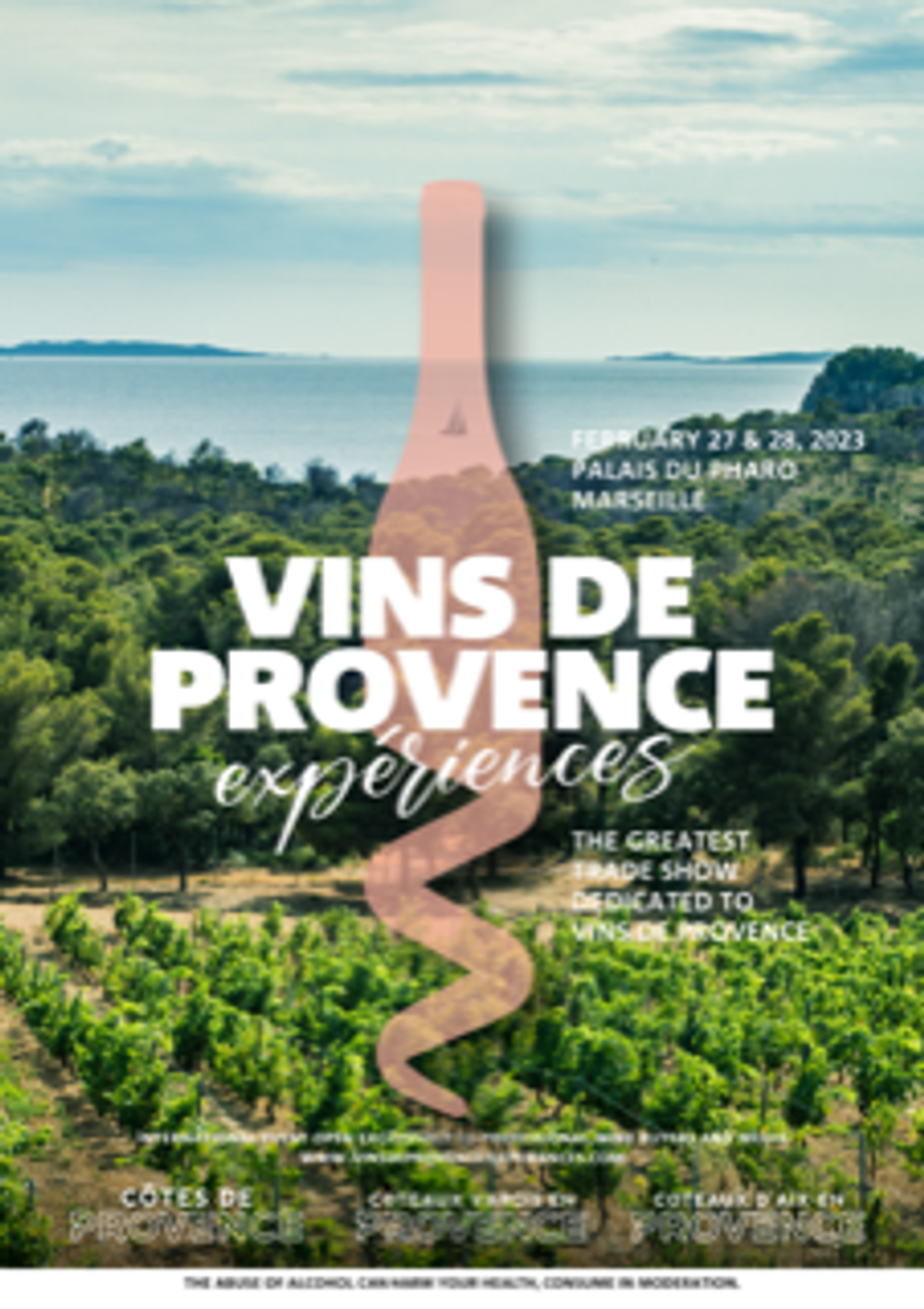
The event takes place at the Palais du Pharo in Marseille. The two-day event will also include masterclasses, free-pour tastings and a number of other activities to showcase Provence and what it is that makes this wine region so special and important to the international wine industry. You can find out more about Vins de Provence Experiences here – www.vindeprovence-experiences.com. Follow @vinsdeprovenceuk on Instagram, Facebook and Twitter.
